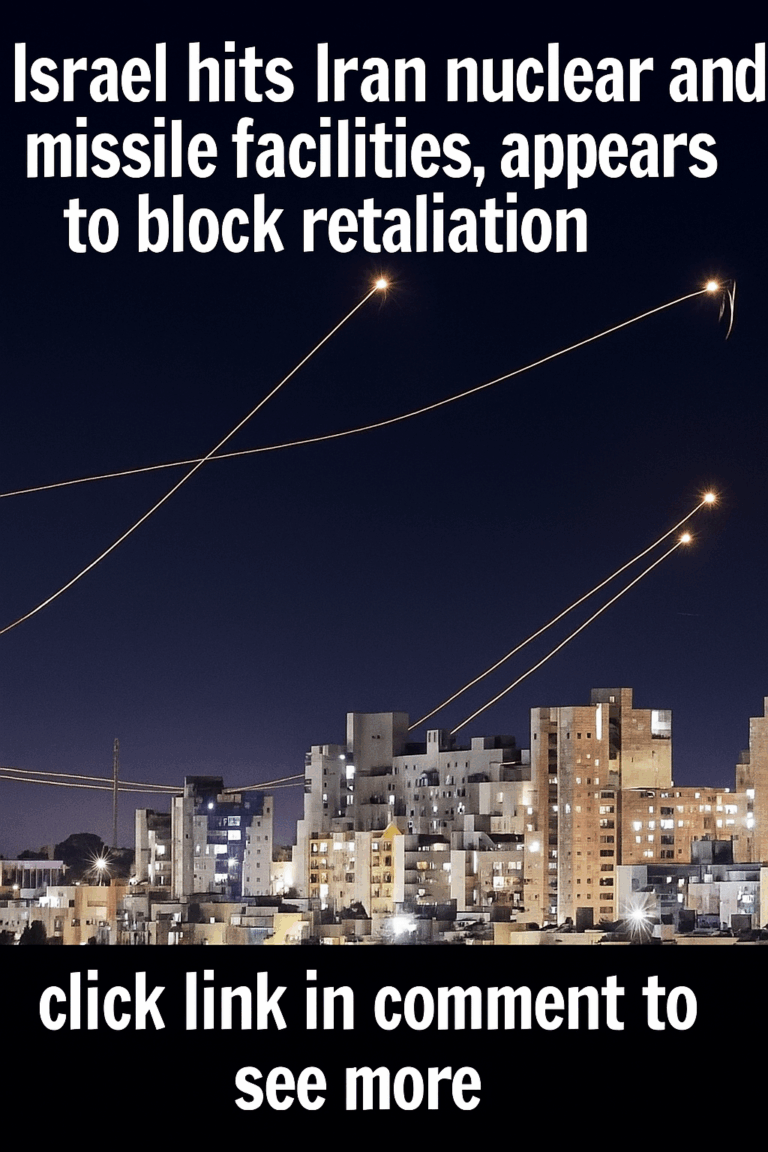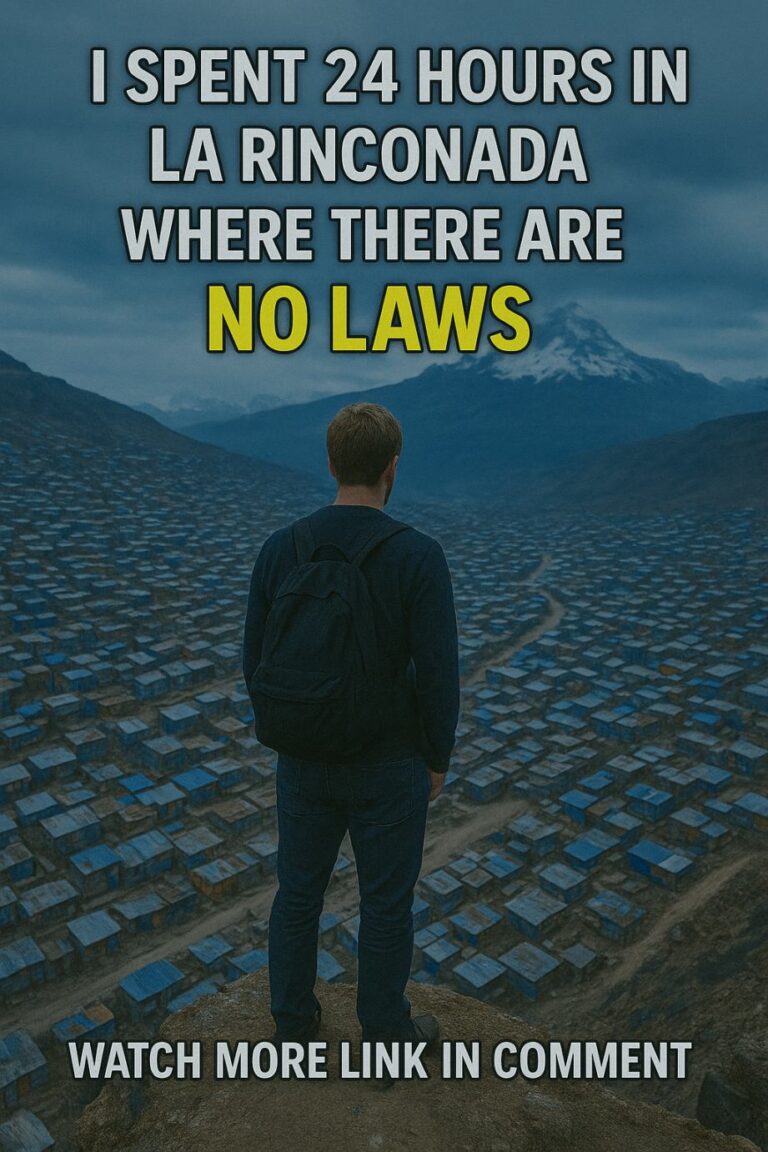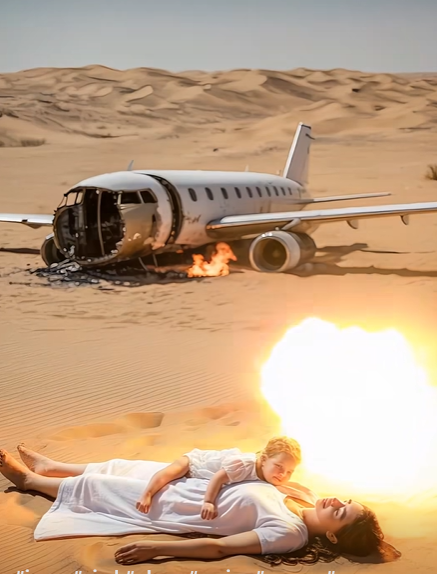
In the heart of a scorching desert, tragedy struck—a private jet lies broken and burning, its skeletal frame half-buried in golden sand.
The scene is haunting. Fire crackles. Silence dominates. But amidst the wreckage… there is life.
A woman and her child lie motionless in the sand. The heat is unforgiving. Hope seems lost.
Until he arrives.
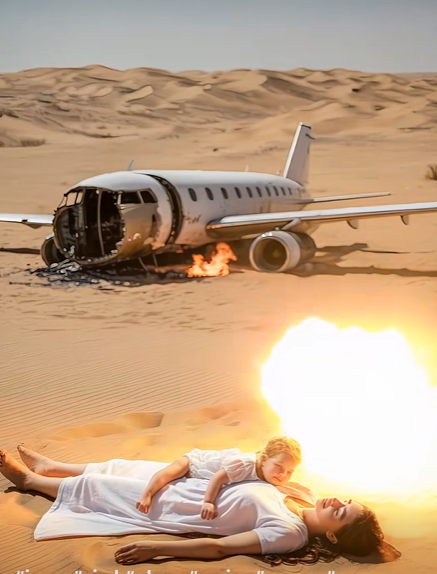
A Figure in White
From the mirage-like horizon steps a man in white robes, calm against the chaos.
He kneels beside the fallen mother and child, his presence peaceful yet powerful.
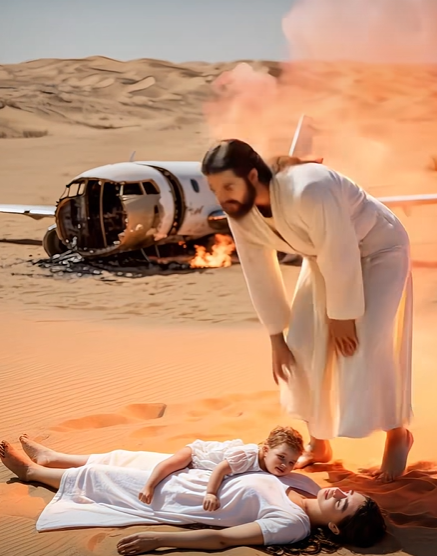
With a gentle gaze and outstretched hands, he begins what feels like something beyond human—something divine.
The fire rages behind him, but his focus never wavers.
A Touch That Transforms
As he lays his hands over them, the air itself seems to pause.
Not a word is spoken, but something unseen moves—through his gestures, through the stillness, through faith.
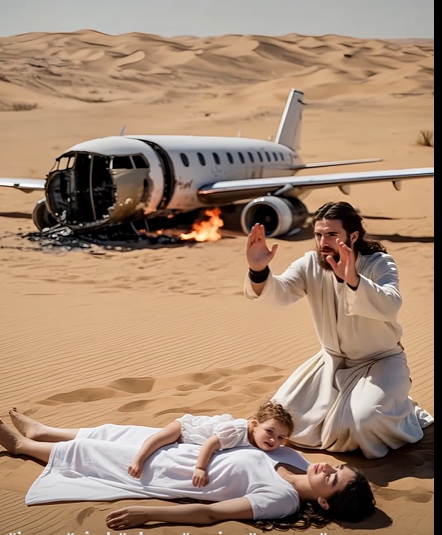
Moments later, the child lifts her head. The mother breathes again.
It’s a miracle. Not loud. Not theatrical. Quiet. Intimate. Undeniable.
Reunion and Redemption
In the final moments, the man embraces the family, now safe. A second woman approaches, holding a baby once thought lost.
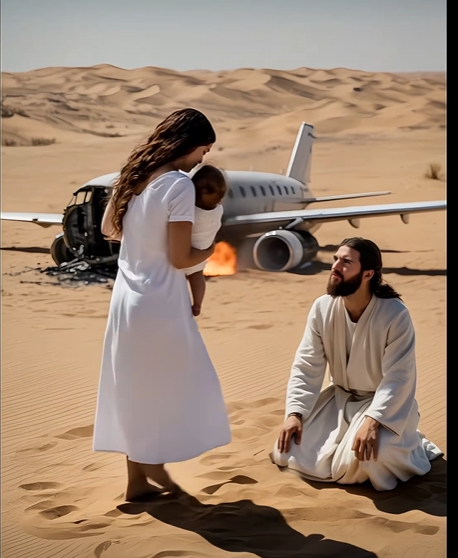
The group clings to one another as the wreckage smolders in the background.
They are not alone. They were never alone.
More Than a Rescue—A Message
This scene isn’t just survival—it’s a metaphor for rebirth. In the most desolate places, hope can still arrive. In the hottest fires, love can still prevail.
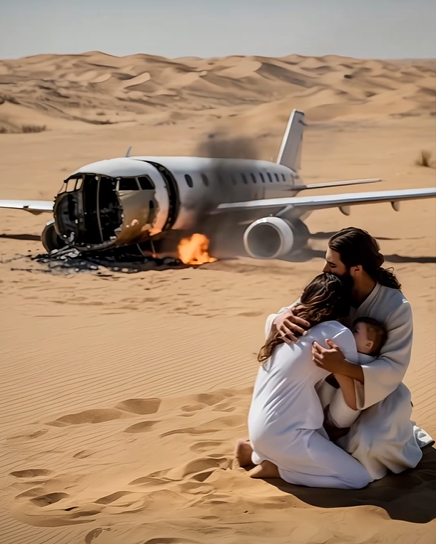
Whether seen as divine intervention, spiritual allegory, or raw symbolism—“The Desert Miracle” is a reminder:
🕊️ Even in the ashes, grace can rise.


